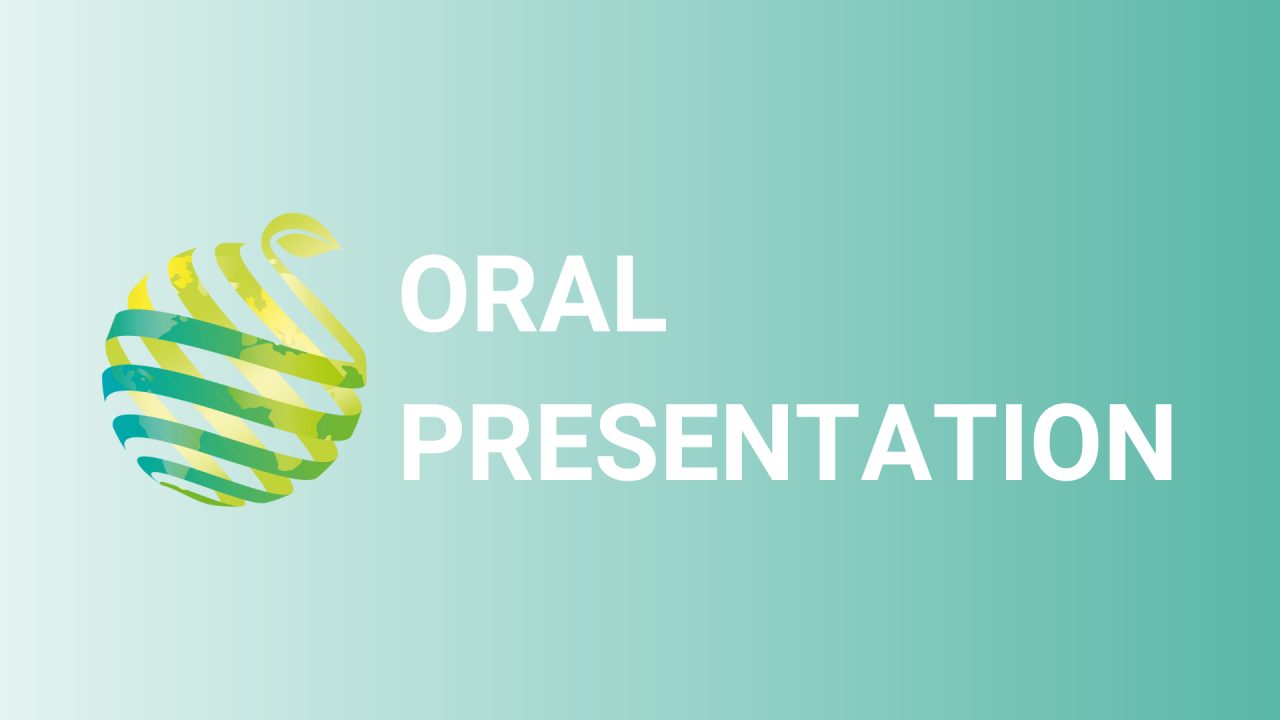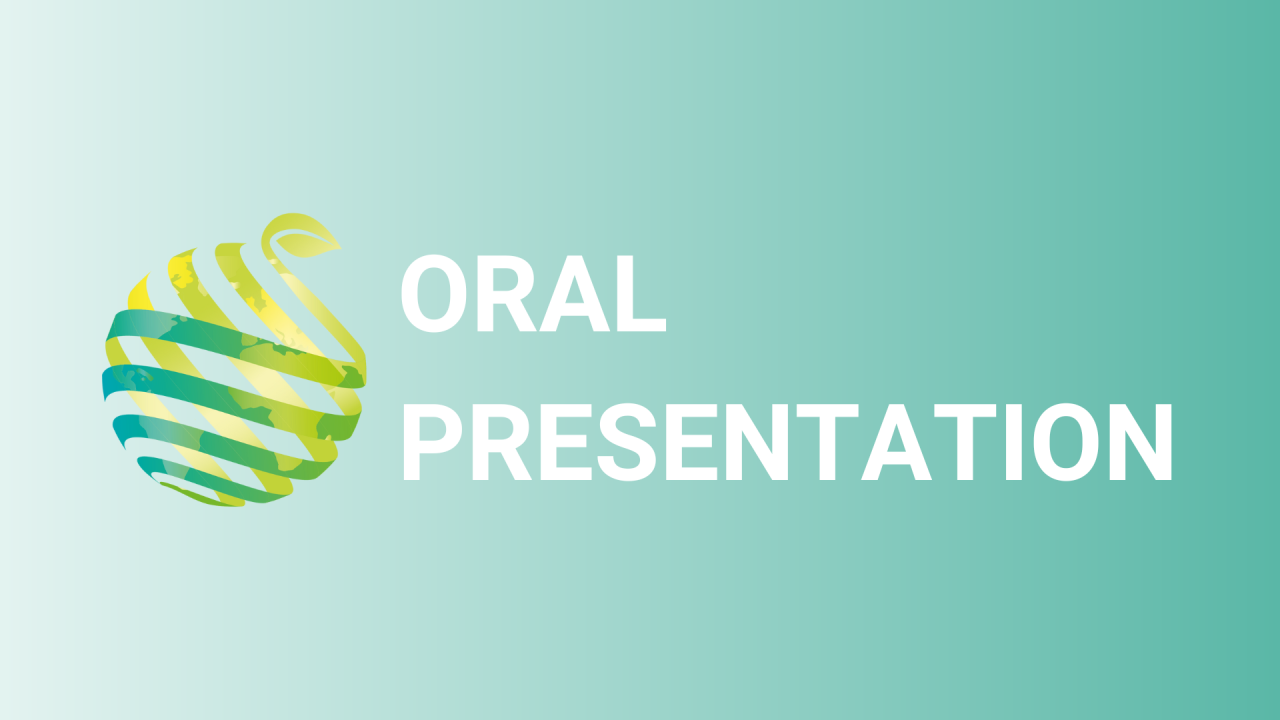

S07 - Session O4 - Green roofs and climate change mitigation: Development of an adaptive and sensor-based water management for extensive green roofs
Information
Authors: Dieter Lohr *, Heinz-Josef Schmitz, Ralf Walker, Elke Meinken
Green roofs play a crucial role in climate change mitigation strategies. On the one hand, they should reduce the risk of urban floods after heavy rainfalls. On the other hand, they should cool the city by evapotranspiration and avoid the formation of urban heat islands. However, concurrently most green roofs in Germany are extensive ones. They are designed as dry sites, with shallow and well-drained vegetation layers, no additional irrigation and greened with highly drought-adapted plants - mainly sedum. Indeed, during the last years a new kind of extensive green roofs n still with shallow vegetation layers n but equipped with sub-surface irrigation and voluminous retention elements as temporary water storage beneath the vegetation layer as well as greened with plants with high transpiration, were developed. But also these new kind of green roofs are facing a conflict of objectives between storm water retention and cooling performance. To solve this conflict of objectives an adaptive and sensor based water management system was developed. It consists of two main components: Irrigation management of the plants and management of storm water runoff, especially the control of the retention element. For the irrigation management a decision matrix was developed which adapts the irrigation strategy, depending if cooling performance or water retention has higher priority. Prioritization is based on thermal discomfort and rain forecast. The decision matrix uses environmental data, data of the weather forecast and information about water resources (e.g. grey water, water supply in the retention element). For management of storm water, run-off is actively controlled and the vegetation layer used as temporary water storage. In combination with a retention element, this can quadruple water retention capacity of green roofs. The amount of water stored in the green roof system n especially the retention element n is mainly controlled on basis of real-time, radar-based precipitation data.